No matter how strange it may sound, space exploration initially had purely military goals. Already at the end of the 50s, scientists in the USA and the USSR were working on the creation of reconnaissance satellites, which already began to carry out combat missions in the early 60s. At the same time, the first navigation satellites, early warning systems for ballistic missiles, and fighter satellites, or interceptors, were launched. Also, both countries worked on the removal of nuclear weapons into space to strike ground targets, but in the early 70s the USA and the USSR signed an agreement according to which space could only be used for relatively peaceful purposes (everything that does not relate to strikes from space on Earth). Therefore, the use of nuclear weapons was abandoned, but they can be an effective means of destroying targets in space, that is, satellites.
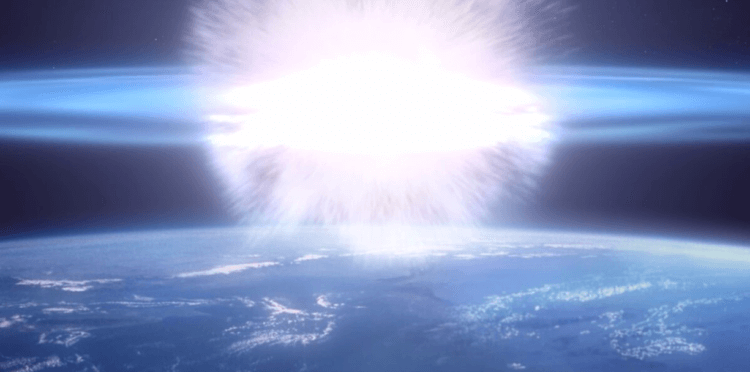
A nuclear explosion in space could destroy electrical devices in orbit and on Earth
Nuclear explosion in space
Why is a nuclear explosion considered an effective means of destroying satellites? The reason is that there is no atmosphere in space, which means there is no explosive shock wave. Therefore, objects can only be hit by fragments or kinetic impact.
In the event of a nuclear explosion, as is known, an electromagnetic wave arises, which is capable of disabling electrical devices of a potential enemy, as well as jamming communications. Therefore, the USA and the USSR were actively studying the possibility of using nuclear weapons for «space wars».
The first rocket with a nuclear charge for an experiment to destroy a satellite was launched into space by the United States back in 1958. As part of the Argus experiment, a warhead with a yield of 1.7 kilotons of TNT was detonated at an altitude of 170 km above the Earth's surface. Reportedly, the satellite's instruments were disabled, and radio communications were lost within a radius of 80 km from the explosion. Almost immediately, the United States detonated two more nuclear warheads at an altitude of 300 km and 800 km.
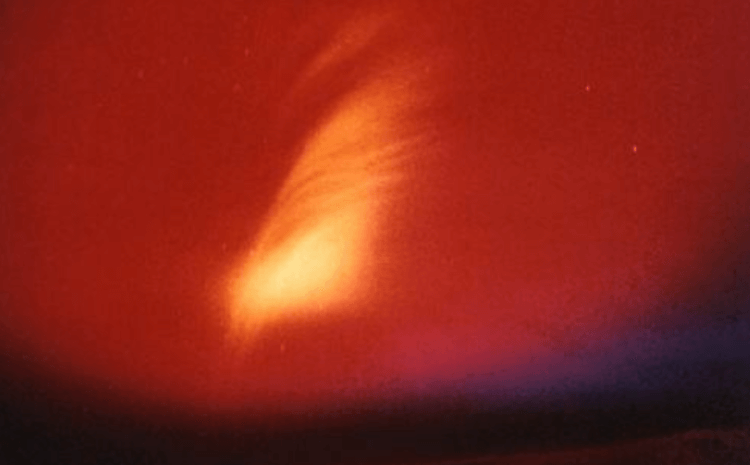
Flash after a nuclear explosion in space, filmed from a distance of 1200 km
At the same time, the satellite Explorer 4 detected belts of radioactive particles that were attracted to the Earth by a magnetic field. Because of this, auroras arose at southern latitudes, not only in the testing regions, but also in the opposite part of the planet.
The first Soviet bomb exploded in space on October 27, 1961, as part of an experiment called “Operation K.” The R-12 ballistic missile launched a charge with a capacity of 1.2 kilotons of TNT to an altitude of 150 km. An hour later, the same bomb exploded at an altitude of 300 km. The results were the same as after the American experiments.
A year later, the United States, as part of the Starfish Prime project, launched a bomb with a yield of 1,450 kilotons to an altitude of 400 km. It was the most powerful charge ever exploded in space. The flash from the explosion was visible at a distance of 6 thousand km. After the explosion, all electrical appliances turned off in Hawaii. Auroras were observed over almost the entire territory of the Pacific Ocean. Radiation belts in space were recorded for another 5 years.
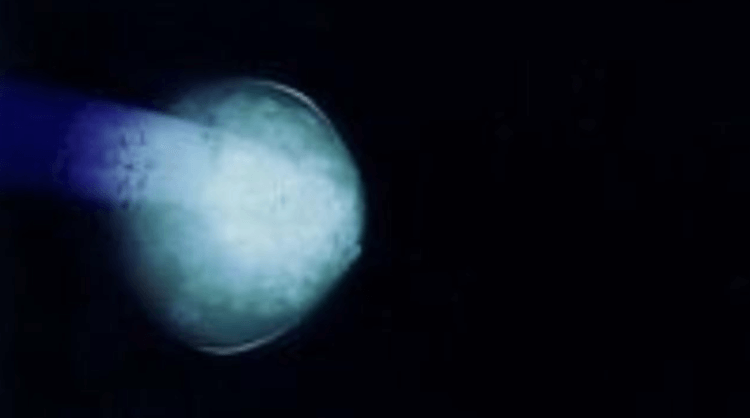
The explosion of a nuclear bomb in space with a power of 410 kilotons of TNT
In Earth's orbit, a third of all satellites were disabled due to this explosion. Communication with many devices was also lost, including the Soviet satellite Cosmos-5, which was supposed to record future nuclear space tests of the USSR. Subsequently, both countries carried out several more nuclear explosions in space, which led to the failure of electrical devices both in space and on Earth.
Having assessed the consequences of the use of nuclear weapons in space, the USA and the USSR stopped all tests after signing an international treaty banning nuclear tests in space on August 5, 1963.
History of systems for combating enemy satellites
The USSR and the USA began working on the creation of systems for destroying enemy satellites from the very beginning of the space race, because they are capable of “blinding” the enemy and depriving him of his navigation system, which is extremely important in modern warfare. Initially, maneuvering interceptor satellites were created to destroy satellites. For example, the first such Soviet satellite, Polet-1, was launched into space in 1963. It had a controlled explosive device that could destroy the US Inspector reconnaissance satellites.
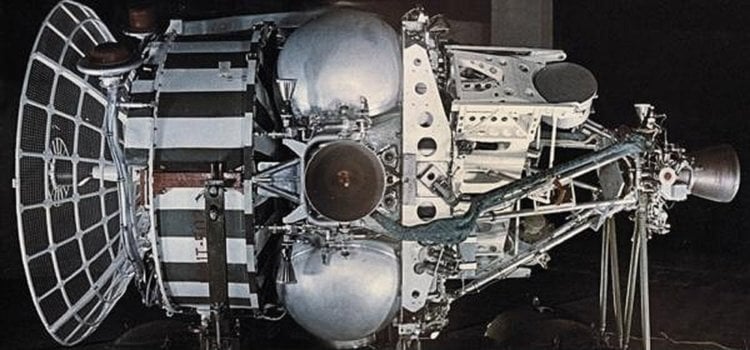
Soviet fighter satellite «Polet-1»
However, since the use of nuclear weapons in space was only tested, and then completely prohibited, they used a conventional explosion and fragmentation submunitions to destroy objects in space.
Only 10 Soviet interceptor satellites were accepted for trial operation years later — in 1972, and in 1979, after modernization, they were put on combat duty by the missile and space defense forces. Also in the mid-60s, the USA and the USSR began work on the creation of manned warships.
Thus, the USSR created the Salyut station (aka Almaz), which, according to legend, was peaceful, but in fact had a modified NR-23 aircraft cannon to destroy enemy interceptor satellites. In addition, the Almaz station could destroy other types of enemy satellites.
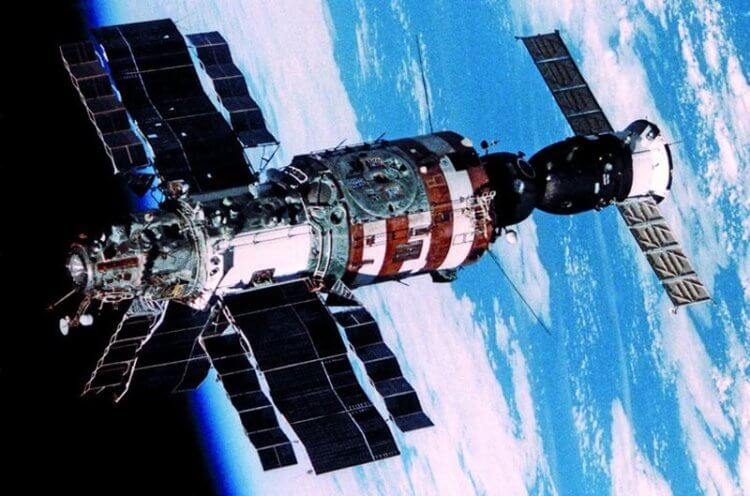
Station «Salyut», also known as the combat orbital station «Almaz» ;
In the 1980s, the need for interceptor satellites decreased, as it became possible to shoot down many satellites with missiles launched from aircraft, the Earth, or the surface of water. For example, Russian S-500 air defense systems can currently hit satellites.
Does it make sense to use nuclear weapons in space
Many experts are skeptical about the idea of using nuclear weapons in space. The fact is that when any celestial object is destroyed, a mass of debris is formed. Given their high speed, they can pose a great danger to all other satellites, as well as other objects, for example, the ISS.
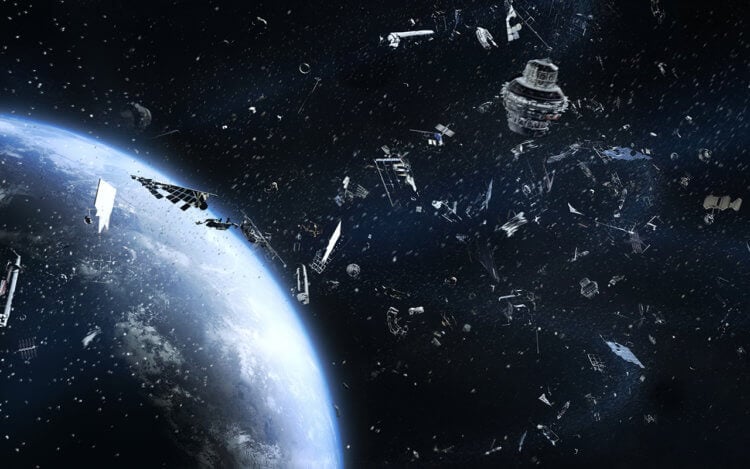
Space debris after the destruction of satellites by a nuclear explosion can lead to unpredictable consequences
That is, the consequences of the use of nuclear weapons in space cannot be controlled. This means this could put the space assets of the country and its allies at serious risk. But at the same time, the use of a nuclear charge can be guaranteed to cause serious damage to the enemy, for example, disable the satellite global positioning system (GPS).
Follow the link to our ZEN CHANNEL. We have prepared for you a lot of interesting, exciting materials dedicated to science.
Thus, the paradox is that the use of nuclear weapons in space is comparable to their use on Earth — the enemy will certainly suffer serious damage, but at the same time, the party that first used it will also receive damage. However, nuclear weapons in space may have another use – they could theoretically protect the Earth from asteroids. And scientists are also currently working on the possibility of such an application.